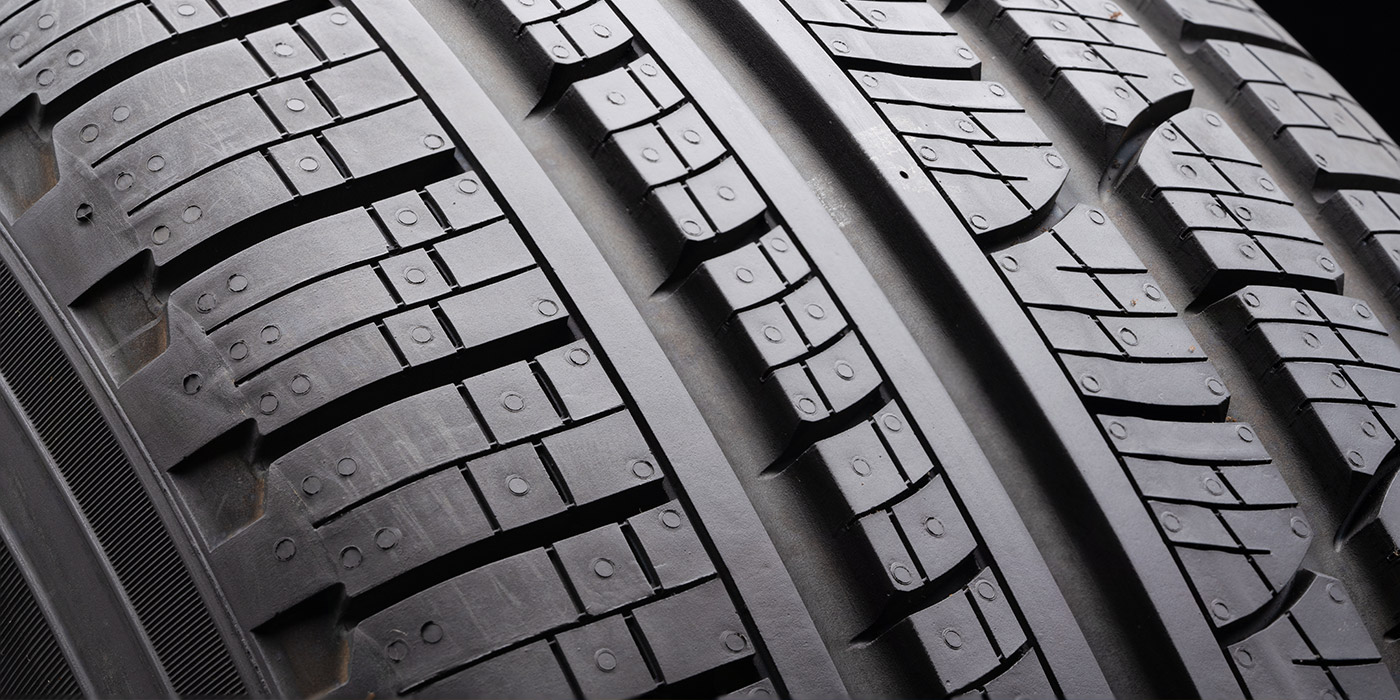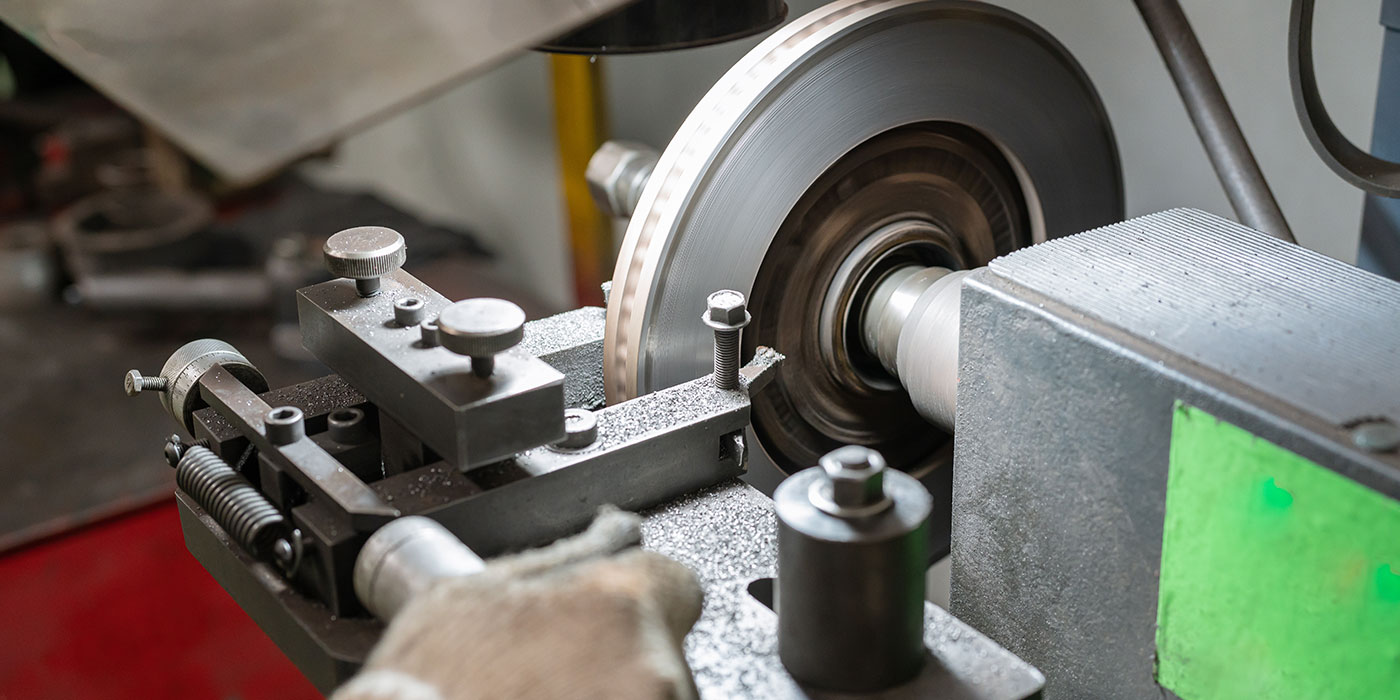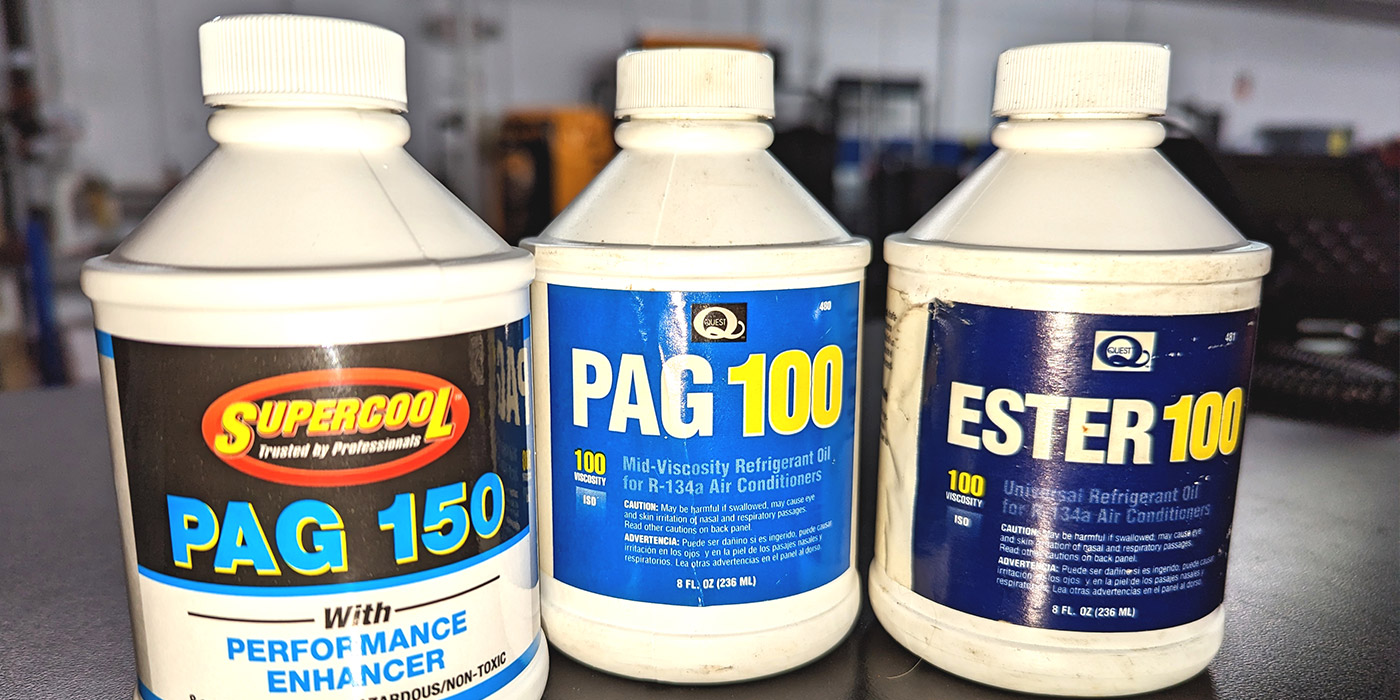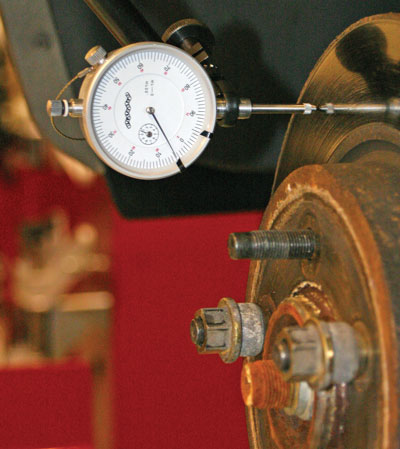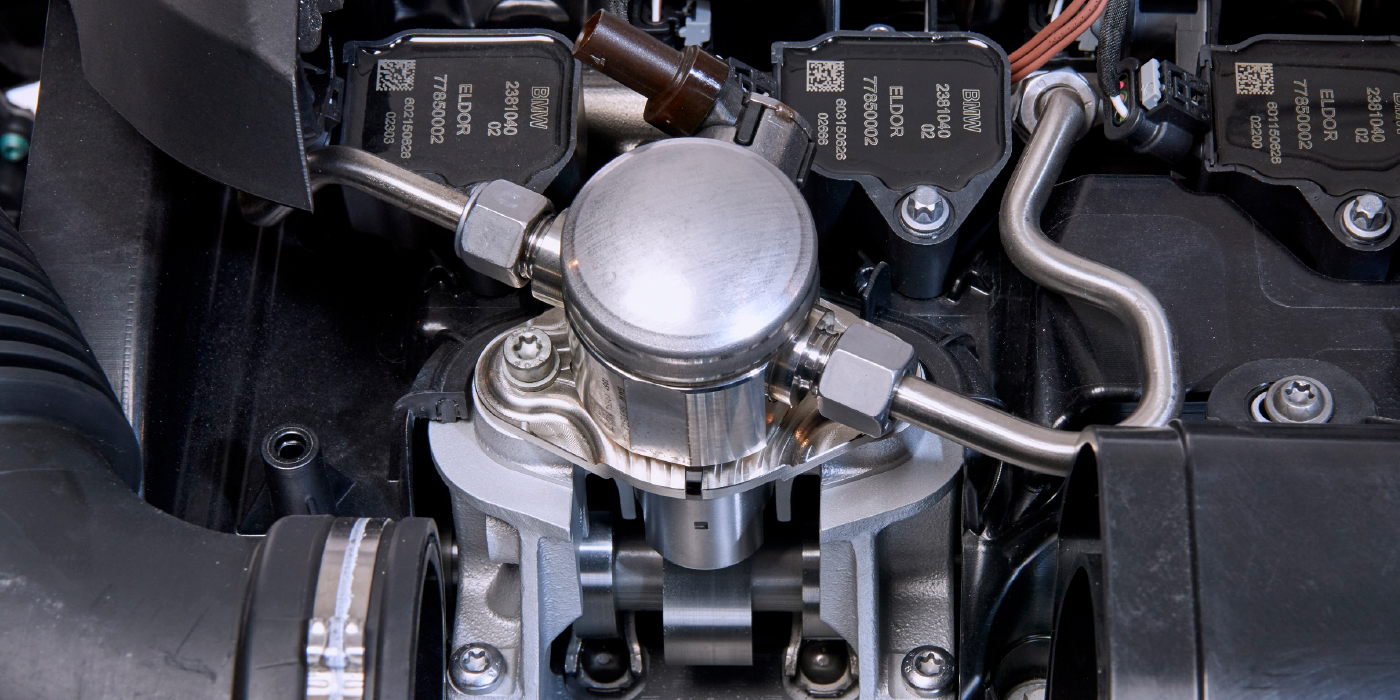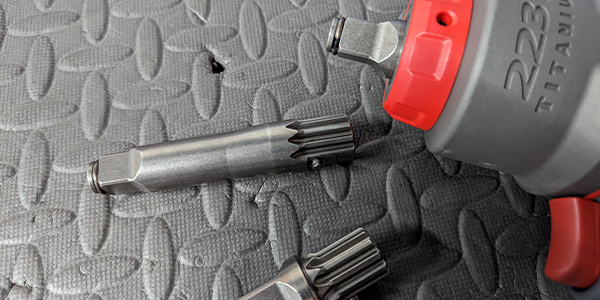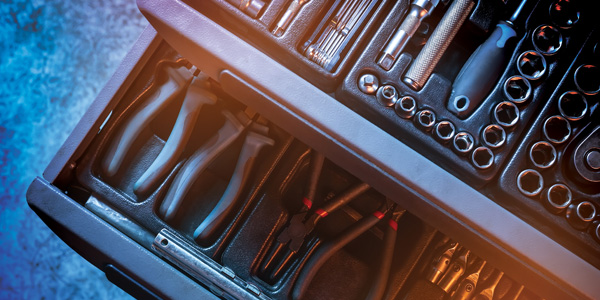/>
When Chrysler engineers sat down to design a new V8 engine for what would power today’s current generation of trucks and cars, they wanted an engine that was simple and affordable to mass produce, capable of generating competitive horsepower and torque numbers, while also meeting tougher emission and fuel economy standards.
They opted for a traditional pushrod valvetrain to reduce costs, and a 90-degree block that would not require any major changes in production tooling. They then adapted and updated the hemispherical combustion chamber design from their legendary 426 HEMI V8 to provide the kind of airflow and power capabilities that would make this new engine a real performer. Thus was born the 5.7L HEMI Magnum V8, which made its debut in 2003 in Dodge Ram 2500/3500 series trucks.
The new 5.7L engine was quite an improvement over the older 5.9L V8 it replaced. The engine was 56 lbs. lighter, produced 41% more horsepower and 12% more torque than the previous motor. Better yet, it also delivered 8-10% better fuel economy. The new 5.7L HEMI Magnum V8 was rated at 345 hp and 375 lb.-ft. of torque, making it a segment leader when it hit the street in 2003.
In addition to the hemispherical combustion chambers, the new engine featured a first for Chrysler: two spark plugs per cylinder with coil-over-plug ignition. Placing the spark plugs on opposite sides of the valves allowed improved combustion efficiency while reducing emissions. The new cylinder heads allowed the engine to produce power comparable to an overhead cam engine but at much less cost.
This was also Chrysler’s first engine with an electronic throttle. The new engine was a hit with the public, and also made Ward’s “10 Best Engines” award list two years in a row.
 In 2005, the 5.7L HEMI was offered in the Chrysler 300C and Dodge Magnum R/T passenger cars. An additional option for the passenger car applications was Chrysler’s Multi-Displacement System (MDS) cylinder deactivation system. Under light cruise conditions, the powertrain control module deactivates four of the engine’s eight cylinders to boost fuel economy up to 20%.
In 2005, the 5.7L HEMI was offered in the Chrysler 300C and Dodge Magnum R/T passenger cars. An additional option for the passenger car applications was Chrysler’s Multi-Displacement System (MDS) cylinder deactivation system. Under light cruise conditions, the powertrain control module deactivates four of the engine’s eight cylinders to boost fuel economy up to 20%.
Also in 2005, a larger, more powerful version of the 5.7L appeared as the 6.1L HEMI. Rated at 425 hp and 420 lb.-ft. of torque, this engine was the performance engine in SRT8 models. The 6.1L HEMI has a higher compression ratio (10.3 versus 9.6 for the 5.7L engine), higher flow cylinder heads with D-shaped exhaust ports, and special intake and exhaust manifolds and a hotter camshaft to boost performance.
The 6.1L HEMI block also has larger cylinder bores, and a drilled oil galley that sprays oil at the undersides of the pistons for additional cooling. The crankshaft in the 6.1L is forged steel, rather than cast iron for added strength, and has the same 3.58-inch stroke as the 5.7L HEMI.
In 2005, the 5.7L HEMI became available in the Jeep Grand Cherokee sport utility vehicle, and in 2006 it was offered in the Dodge Durango and Ram 1500. MDS cylinder deactivation also became standard on the Chrysler 300C, Dodge Magnum R/T, Charger R/T, Jeep Grand Cherokee, Jeep Commander, Dodge Durango and Ram 1500.
 Ignition System
Ignition System
The ignition system on the 5.7L and 6.1L HEMI engines is rather unique in that the two spark plugs in each cylinder are fired by a single dual-output ignition coil that sits over the plugs. Consequently, the engine has 16 spark plugs but only eight ignition coils. Spark timing is computer controlled with no adjustments.
Primary battery voltage is routed to the positive terminals on each of the ignition coils through the Automatic Shut Down (ASD) relay. If the PCM sees no input signal from the crankshaft and camshaft sensor while the ignition key is on, it will switch off the ASD relay and kill the ignition.
Consequently, a bad crankshaft or camshaft sensor can prevent the engine from running. The PCM also uses the input from the cam sensor to synchronize the fuel injectors.
The crank sensor is a Hall effect sensor mounted in the right rear side of the engine block. It reads a tone ring mounted on the crankshaft. The camshaft sensor is mounted on the timing chain cover on the right front of the engine. A good cam sensor should produce a signal that fluctuates from 0.3 volts to 5.0 volts when the engine is running.
Cylinder Deactivation System
The Multi-Displacement System selectively deactivates cylinders 1, 4, 6 and 7 to improve fuel economy. It has two modes of operation: full power (all eight cylinders) for acceleration and pulling heavy loads, and four cylinders to save fuel when cruising or driving under light load.
The MDS has a unique camshaft compared to the 5.7L engines that are not MDS equipped, along with special deactivating roller lifters, four valve control solenoids and an oil temperature sensor. The valve control solenoids regulate oil flow to the roller lifters to deactivate and reactivate the cylinders.
Stopping the flow of oil to a lifter causes it to collapse so it can’t push open the valve. The four control solenoids are located under the intake manifold in the valley of the block. This means the manifold has to come off if a solenoid needs to be replaced. On HEMI engines that do not have MDS, the four holes cast in the top of the block are filled with plastic plugs.
Note: Oil viscosity can have a huge impact on the operation of the MDS system. Always use the viscosity of oil specified on the oil filler cap for the engine (usually 5W-20). Using a heavier oil may prevent the MDS system from operating normally.
 When the PCM senses the engine does not need all eight cylinders for power, it deactivates the four cylinders in their normal firing sequence. The control solenoid for each cylinder is energized to prevent the intake and exhaust valves from opening, and the fuel injector is switched off so no fuel is delivered for each of the deactivated cylinders.
When the PCM senses the engine does not need all eight cylinders for power, it deactivates the four cylinders in their normal firing sequence. The control solenoid for each cylinder is energized to prevent the intake and exhaust valves from opening, and the fuel injector is switched off so no fuel is delivered for each of the deactivated cylinders.
The exhaust gases trapped inside the deactivated cylinders act like an air spring as the pistons move up and down. This reduces drag and pumping losses that would otherwise occur if the valves were opening and closing normally.
When the PCM senses an increased load on the engine, it reactivates all of the cylinders in their normal firing order. First the exhaust valve is opened to vent exhaust from the cylinder, then the intake valve is opened so the cylinder can draw in a fresh charge of air and fuel. Normal combustion resumes and the engine produces full power.
If the MDS is not working, the problem may be caused by low oil pressure, a bad oil temperature sensor, one or more faulty valve control solenoids, or one or more faulty roller lifters.
Service Bulletins
The 5.7L and 6.1L HEMI engines have proven to be fairly reliable powerplants with few, if any, notable faults. However, there have been a few glitches with the MDS cylinder deactivation system. On some 2007 and 2008 trucks with the 5.7L engine, the MDS cylinder deactivation system may feel rough or harsh at low speeds (12-15 mph).
This may produce a bucking or jerking feeling when the system is engaging/disengaging cylinders during highway driving, or while cruising at speeds between 65 and 75 mph. The problem, says Chrysler, can be caused by the MDS cycling on and off too frequently while driving at these speeds.
As with the previous problem, the fix is a PCM reflash with updated software. Chrysler bulletin 18-006010 dated March 31, 2010, details the reflash requirements.
Chrysler also issued a service bulletin in January 2008 (TSB 18-003-08) regarding a false Check Engine light with DTC P0524 indicating low engine oil pressure. The fault was not due to a bad oil pump or oil pressure sending unit, but PCM programming that was overly sensitive to normal fluctuations in oil pressure.
Chrysler’s fix for the condition was a PCM reflash with updated software. Vehicles affected include 2007-’08 Ram trucks (1500/2500/3500), Durango and Aspen, Chrysler 300, Magnum and Charger, and Jeep Grand Cherokee and Commander.
Another engine-related bulletin we found was a recall notice issued in March 2006 for 2003 Dodge Ram 1500 trucks. The recall was for a faulty Mopar performance air filter kit (P/N P5007069 and P5007070). Small pieces of material could separate from the filter and be sucked into the throttle, causing the throttle to stick open.




